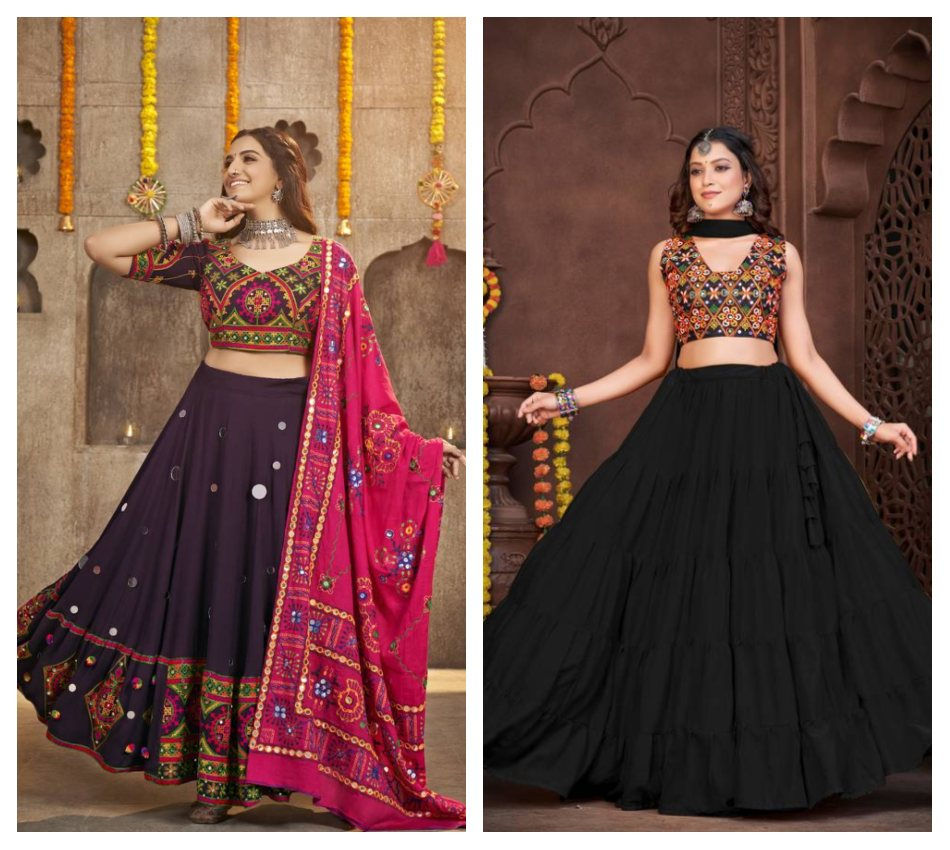What Makes Patola Sarees Unique? A Look at Their Beauty and Variants
- julia sparkel

- May 20
- 3 min read
The patola saree is a traditional saree woven in Patan in Gujarat. It is usually made from silk. Commonly believed to have originated in Gujarat, the mention of this gorgeous silk saree can even be found in texts from South India. The manufacturing process of the Patola saree consists of the resist-dyeing process using the warp and weft technique. The colors are carefully woven into the saree, with each having its own intricate and unique position. Thus, the work involved is of high skill and precision and can only be done by artisans having special training. One unique point about the silk Patola saree is that it is tilted to one side, which means that two people are required to work on one saree at any given time.

What makes the patola saree so priceless is the extreme precision and patience that goes into making it. This is why the patola is considered to be the ‘ultimate manifestation of weaving perfection’ in India. It quite literally requires a mathematical level of precision, with the added degrees of fineness and patience. Obviously, the weaving process is time-consuming. A purely handloom saree can take several months to take its final form. This is what makes the patola saree such a priceless heirloom in Gujarati culture.
Types of Patola Sarees
The types of patola sarees can be characterized by their unique patterns and geometric designs. The elaborate motifs on these sarees include elephants, flowers, human figurines, parrots, etc. Some designs explore the rich traditions and architecture of Gujarat. The most popular designs have their own special names, like the -
● Navratna Bhat - defines square-shaped patterns
● Paan Bhat- peepal leaf motif
● Fulvali Bhat- defining floral designs
● Nari Bhat- figurines of women
● Kunjar Bhat- elephants
The sarees also boast bold and iconic colors. Natural dyes are used to add vibrant colors to the saree, like indigo, turmeric, Katha, natural lakh, madder roots, cochineal, pomegranate, henna, marigold, etc. There is a popular saying in Gujarati which means that the fabric of the patola saree may tear, but its designs and colors will never fade. And that is evident from the dexterity and patience that goes into creating such a perfect saree.

The Patola sarees can be differentiated on the basis of double ikat or single ikat. The double ikat method to manufacture the Patan Patola saree ensures that after the saree is completed, no one will be able to distinguish between its two sides. This provides the patola saree with the unique feature of reversibility. It is also resist-dyed horizontally. On the other hand, the Rajkot Patola saree is manufactured using the single ikat method and is resist-dyed vertically.
How the Patola Saree Is Different from Other Sarees
The way the patola saree is woven in a tilted manner, requiring two or more persons to work in tandem, is unique to the manufacturing of this saree.
Patola sarees woven using the double ikat method have the unique feature of reversibility, which means the saree can be worn from either side since they look perfectly identical.
Patola sarees are only made out of silk, since the weavers are of the opinion that cotton would be a waste for such a priceless heirloom
The time, intricacy, and dexterity involved in making these are reflected in the price. These sarees can be quite expensive.
The saree has now become a symbol of the affluent class in India, while at the same time, it also represents the rich handloom culture in India. The conscious and continuous efforts by various government and non-government organizations have helped the Patola saree reclaim its high place in society.



Comments